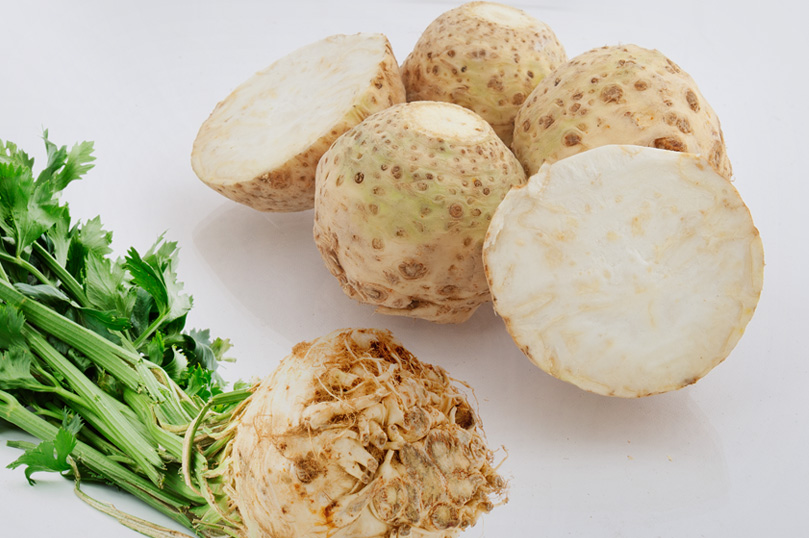Offer
Culinary potatoes
Irreplaceable in the kitchen, our carefully selected varieties of Polish potatoes are perfect for boiling, frying and baking, and as an addition to soups and salads. They are also an important source of vitamins C, PP, B1 and B2.
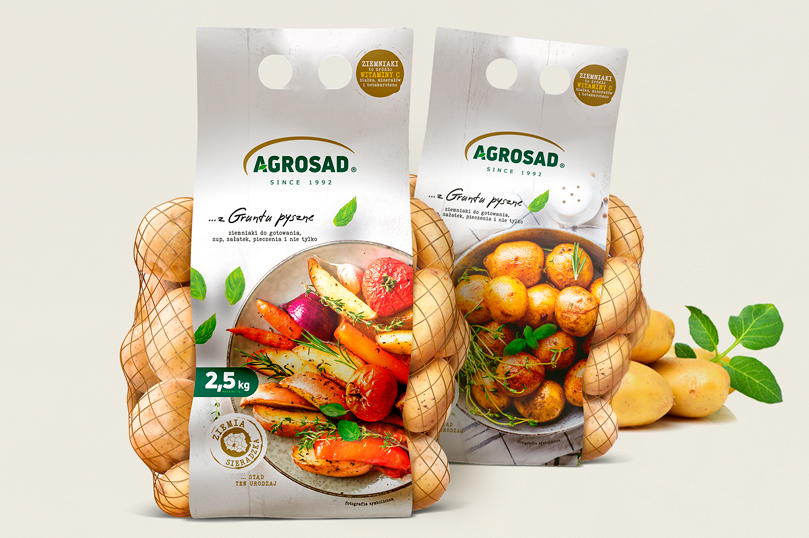
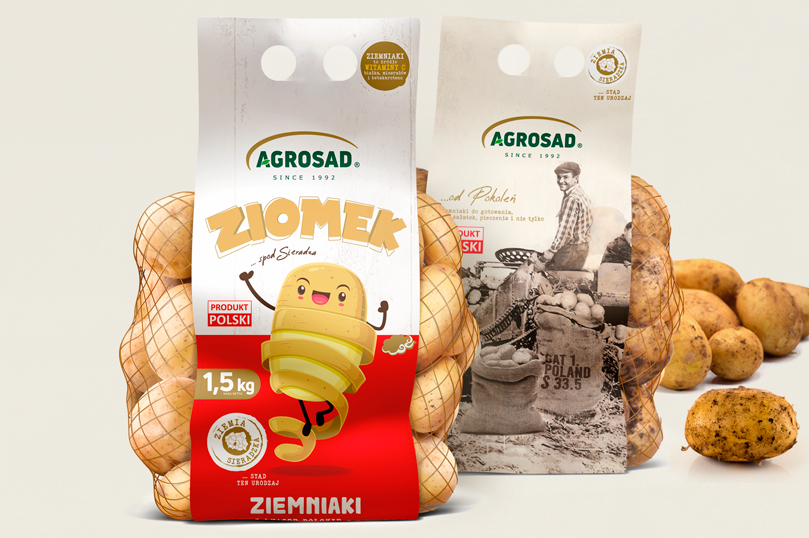
Traditional varieties
Potatoes have inextricably accompanied Polish cuisine since the 18th century, having previously been known as plants with medicinal properties and as an ornament of botanical gardens. When their culinary qualities were discovered, they quickly made their way onto the tables of courtiers and later also among the lower classes. At the time of the Industrial Revolution, they were an excellent source of food for city and country dwellers, and because of their nutritional properties and diverse industrial applications, they became a symbol of modernity and progress. We present potato varieties grown and perfected by generations of growers.
Yellow onions
A classic, golden variety with a distinctive, pungent flavor. It owes its popularity to its versatility and ease of storage. Ideal as an ingredient in soups or as an addition to meat, however, it works well in almost any application, from salads to preserves and stuffings.
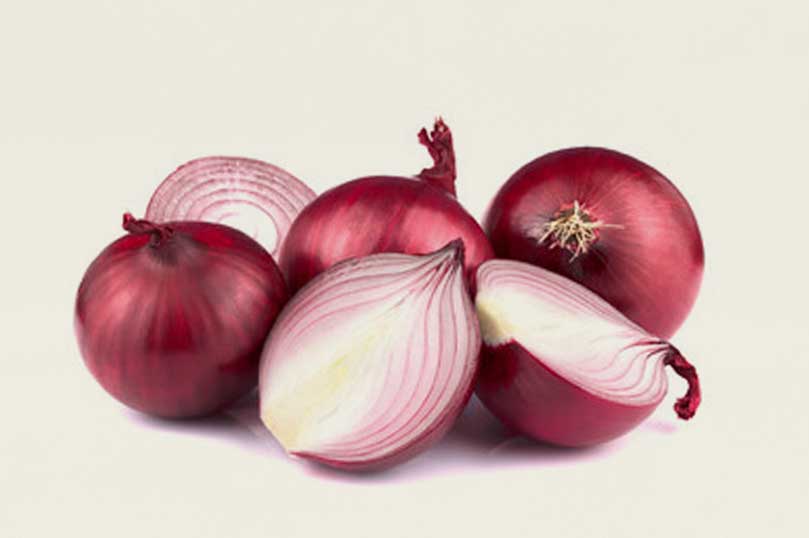
Red onions
A milder, slightly sweeter variety of onion distinguished by its unique ruby color. Due to both taste and aesthetic qualities, it fits perfectly into sandwiches and salads, but also as an ingredient in many other dishes. Marination brings out the sweet flavor and intense pink color.
Shallot
Popular in French cuisine as an addition to vinaigrette sauce, among other dishes, as well as in many Asian cuisines. Milder than most onion varieties, it has a delicate, slightly garlicky flavor.
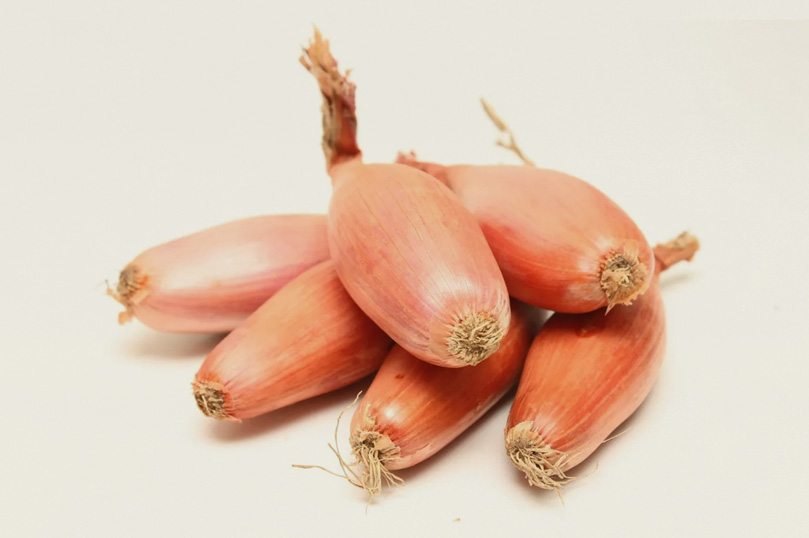
White cabbage
One of the varieties of head cabbage, excellent for cooking and for sauerkraut, as an ingredient in soups, salads, stuffings and many other dishes. Valued as a source of vitamin C and B vitamins, as well as fiber, potassium, iron and calcium.

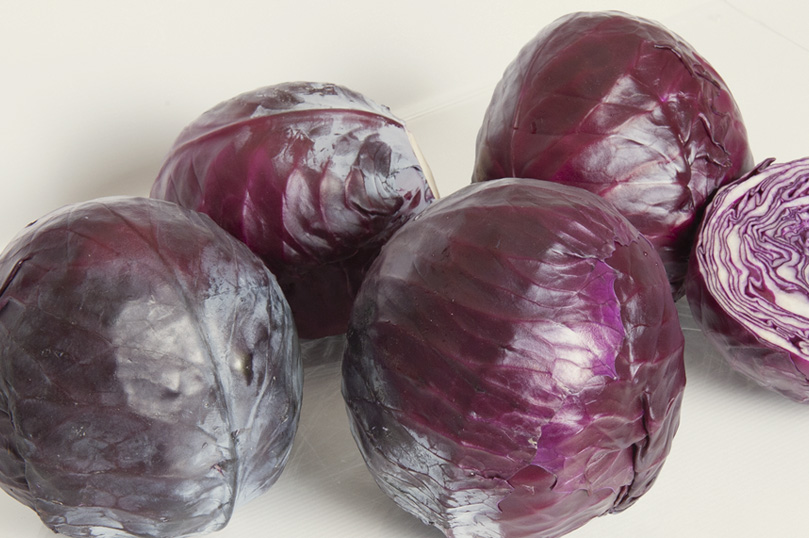
Red cabbage
A variety of head cabbage owing its color to the content of anthocyanins – natural red food dyes. It contains even more vitamins A and C than the white variety.
Savoy cabbage
A variety of vegetable cabbage originating in northern Italy, it is characterized by a slightly sharper taste than other cabbage varieties. It is a source of vitamins C, A and K. Ideal for boiling, stewing or frying.
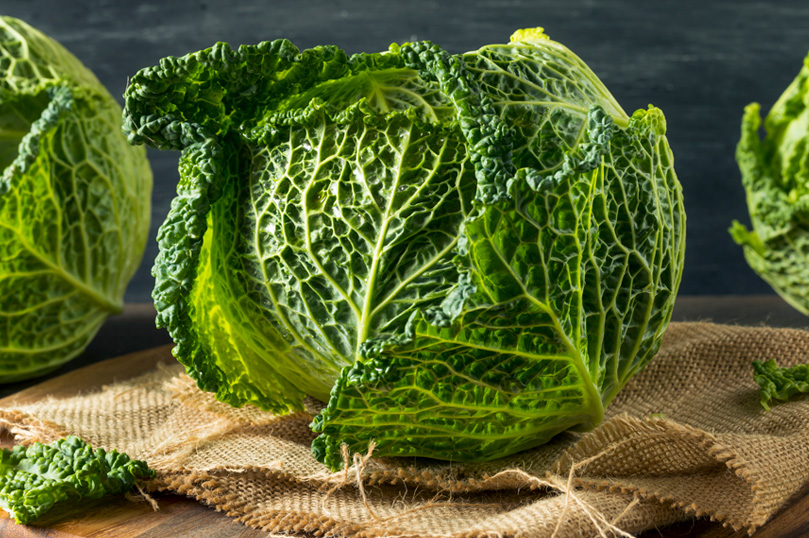
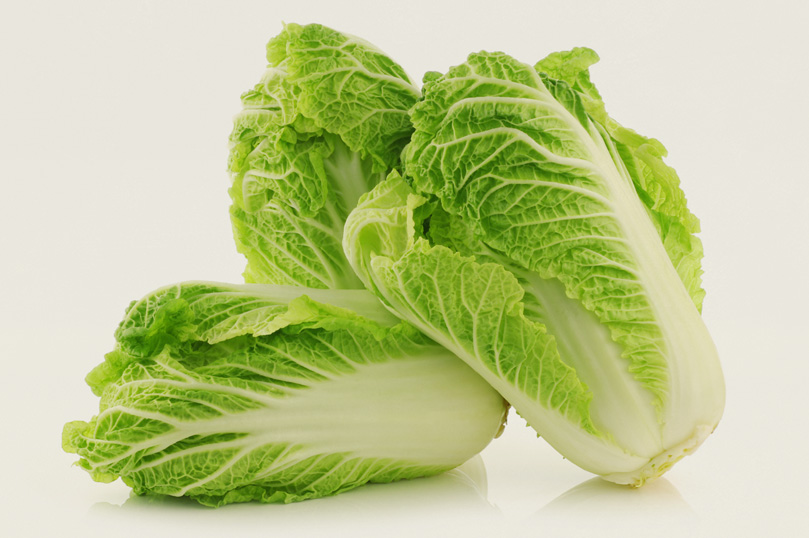
Chinese cabbage
Originating in northern China and Japan, Chinese cabbage is an important ingredient in many dishes of the local cuisine. It is a valuable source of vitamin C and calcium.
Garlic
An indispensable spice in kitchens around the world and also a traditional remedy. Garlic is an ingredient in hundreds of dishes, especially in Middle Eastern cuisine, where it comes from.
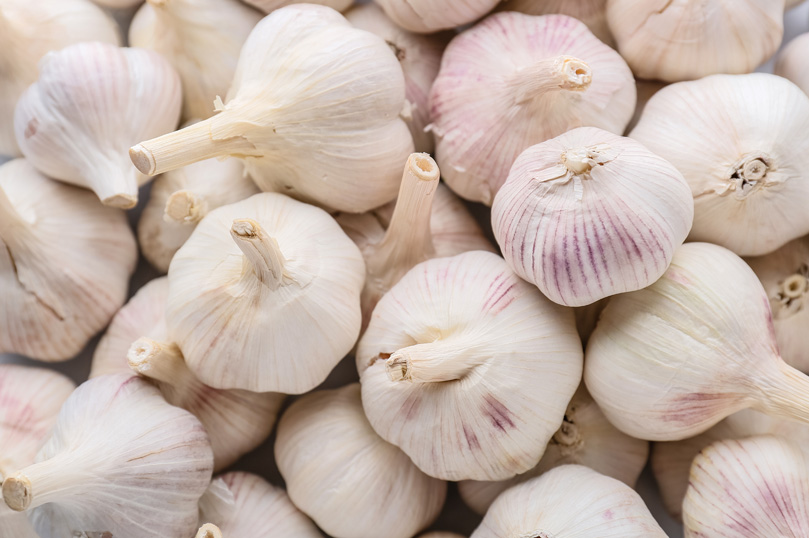

Red beets
A popular addition to dinner dishes, as well as an ingredient in soups and salads. Rich in vitamin B9 and manganese. Suitable for cooking, frying, eating raw and even marinating.
Celeriac
Originated in the Mediterranean region, originally grown also as a medicinal plant. A valued ingredient in salads, salads, soups and many other dishes, and an important source of vitamin K.
